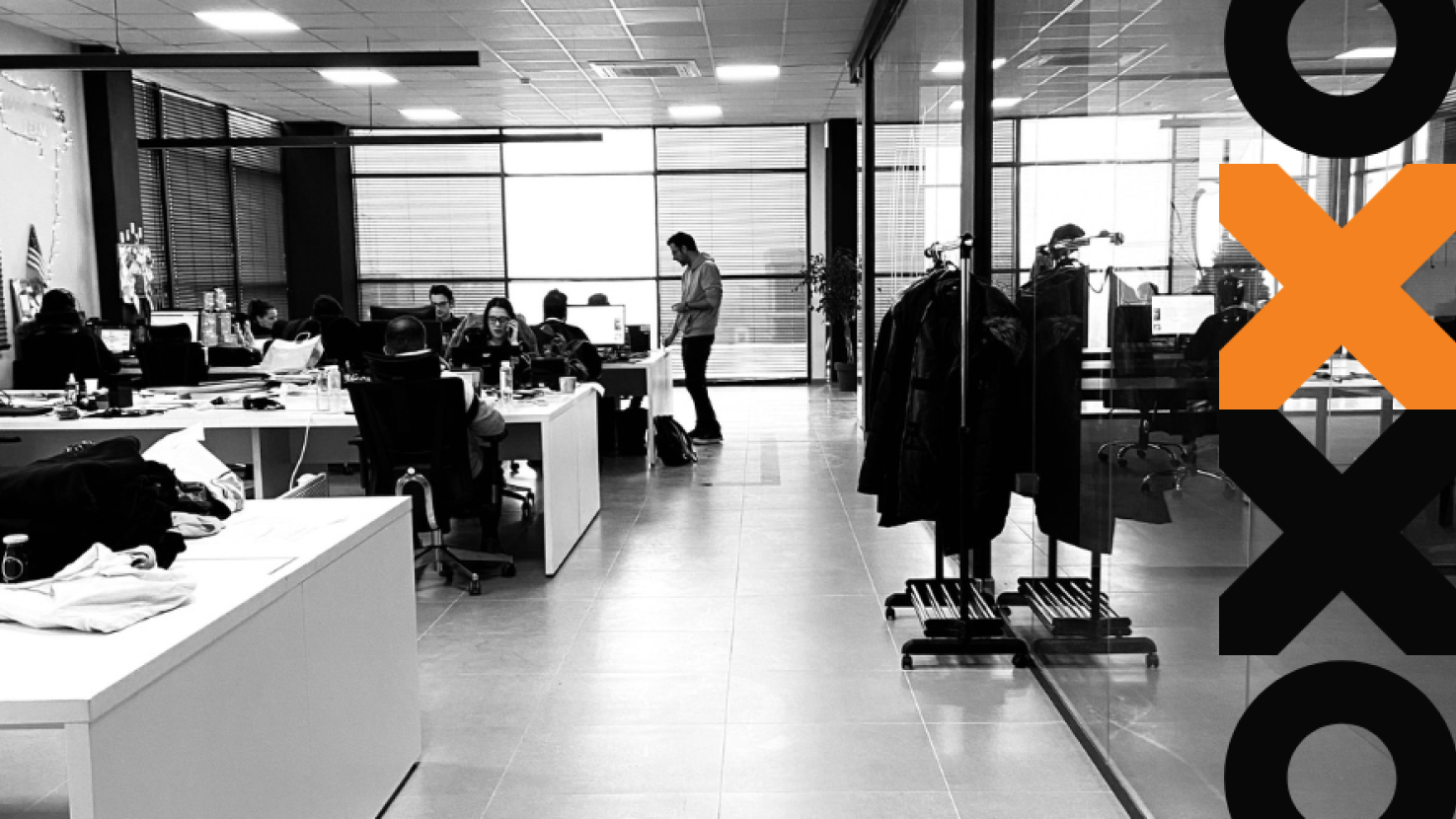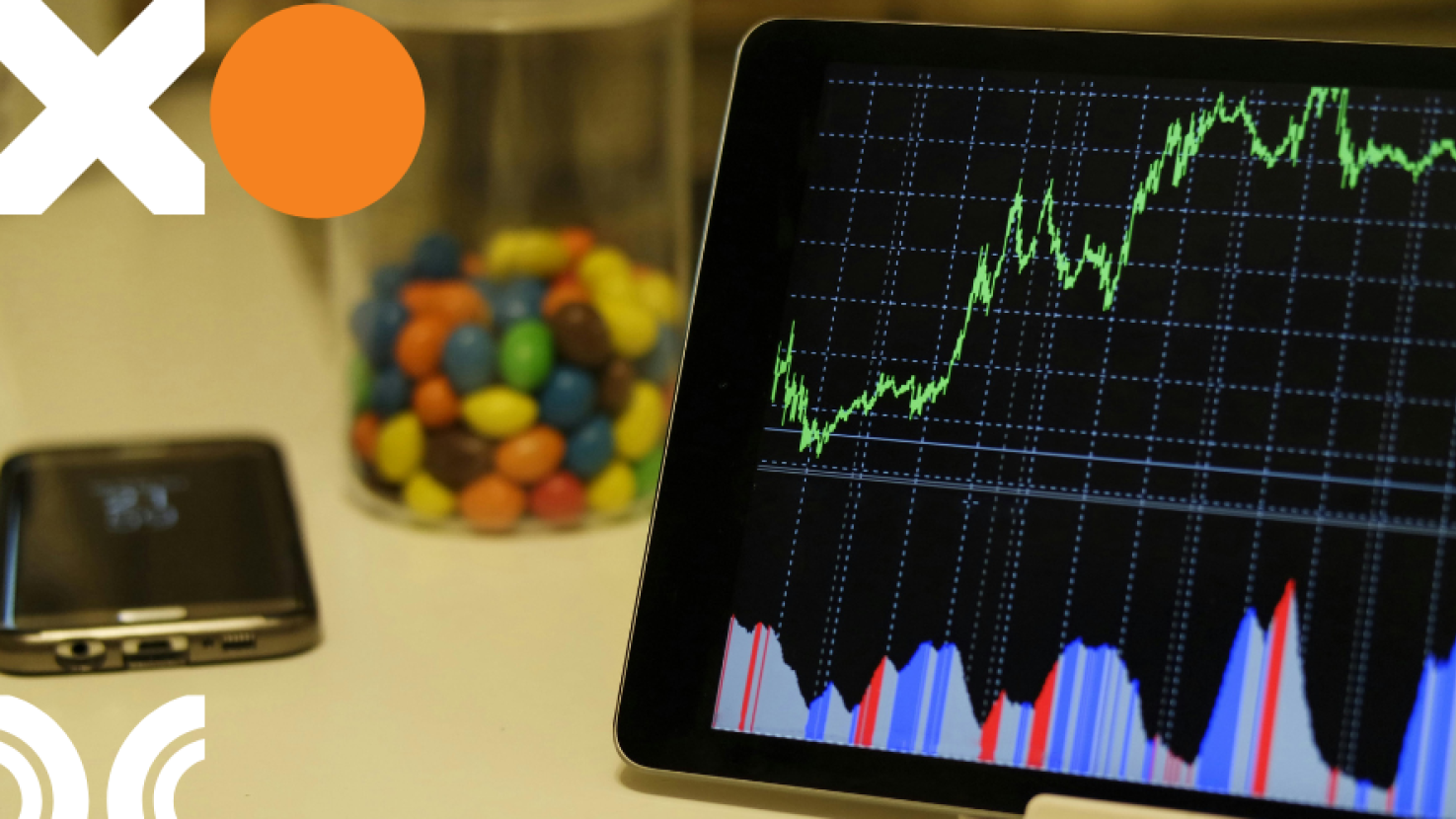
Data Governance in Hybrid Work Environments


Ask any senior leader about organizational challenges these days, and they’re likely to mention hybrid work. Ask a data leader, and they may add another twist: data governance in hybrid work environments.
Going rogue at home?
Although people looking for answers in their jobs are constantly creating and referencing data sets, you can add an order of magnitude to the governance complexity when they are using a laptop at home – or worse, a personal laptop at home. Although I can’t speak to the psychology behind it, it’s human nature for someone in their home office to say, “You know what, I'm not going to wait to get clearance on this. I’m not buying in. I’m going to keep doing my own thing.” The further off the radar someone goes, the higher the potential risk, and the greater the importance of a hybrid governance model.
Hybrid data security is probably the biggest area a lot of companies are re-examining, particularly with the growth of remote employees. It’s a fair question to ask what information is walking out the door every day and going home, and how much of that is going onto USB drives or being forwarded on emails. I predict more attention is going to be devoted to remote work data protection as we reach an equilibrium in hybrid versus fully on-site or fully remote schedules.
Another wrinkle is data privacy. Who should have access to what data types, in what circumstances? Here the challenges are similar, hybrid or not, but just as real.
Opportunities for empowerment
I prefer to look on the bright side when it comes to data governance, especially the additional guidance it offers to employees who may be juggling a mixed schedule.
Data catalogs, a key arrow in the data governance quiver, allow colleagues in any location to easily look up and search for a particular data field, get its definition, see the reports where it’s represented, and see how it’s related to particular roles. In other words, data catalogs give data teams the opportunity to get the right information into the right hands at the right time.
For someone working from their home office, data catalogs mean they no longer have to go on a data hunt and ping different co-workers. It’s all right there in your data catalog. The use model improves even more when they can reference a video that explains what a data catalog is and trains them on it. This is particularly helpful if their hybrid workday starts at 6:00 AM or ends at 9:00 PM based on personal commitments.
Governance as democratization
Democratizing is often overused as a term about data, but I do think data governance is a means to democratize data. It also drives stronger data literacy, because you’re empowering your teams with more information that is trusted and transparent. It may seem counterintuitive, but what you want with a good data governance program is more questions. That’s a clear sign people are empowered, and that they are looking for assistance to meet their goals but are confident they’ll be looked after.
Whether working at home, in the office, or at a client site, data leaders should look at data governance in terms of access, permitting people to find and use data independently, and think less about whether they’re using the right data and more about the task at hand, knowing that the guardrails are there to support them.
Guardrails is a term I use a lot. When people think of data governance, it’s more likely to call up associations of a positive data experience, higher data usability, and ensuring that the right information is being made available. No one can argue with the virtues of a data governance program that delivers these benefits.








